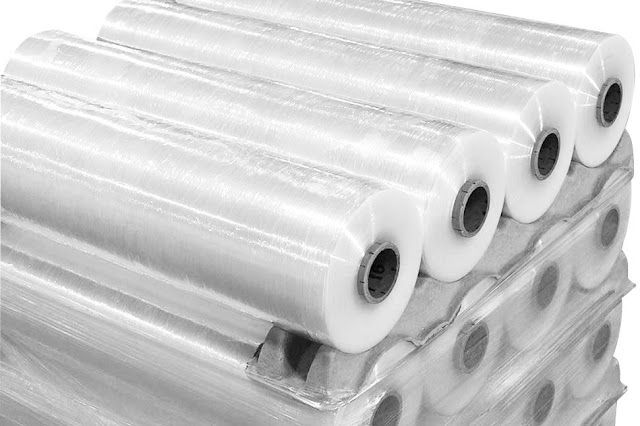If you've ever unwrapped a shiny new gadget, received a perfectly stacked pallet of goods, or even just seen a warehouse in full swing, you've already witnessed the silent efficiency of stretch film. It’s one of those everyday industrial heroes that gets the job done without ever demanding attention. But not all stretch films are created equal, and the market is anything but one-size-fits-all.

The Science of Stretch Film: Not Just Plastic Wrap
At its core, stretch film is a highly elastic plastic film used for wrapping products and securing loads for transportation. It’s engineered to stretch—sometimes up to 300% of its original size—without breaking, snapping, or losing its grip. The elasticity ensures the film tightly conforms to the shape of the packaged goods, preventing movement, damage, and exposure to dust or moisture.
But here’s where it gets interesting: the market doesn’t just want stretch film; it demands different types, thicknesses, and properties depending on the industry, climate, and shipping method.
Market Needs & Size Variations
1. The Thickness Dilemma: How Thin is Too Thin?
Stretch film thickness is measured in microns (μm) or gauge. The range varies widely, from ultra-thin 8-micron films to industrial-grade 40-micron beasts.
- 8-12 microns: Best for lightweight boxes and internal packaging.
- 15-17 microns: Standard for securing products on pallets.
- 20-23 microns: Heavy-duty applications, great for high-stress loads.
- 30+ microns: Specialized use cases where maximum strength is needed.
Retailers often want thinner films to cut costs, while manufacturers prefer a balance between strength and flexibility. The compromise? New-age nano-layered films, offering high stretchability without excess weight.

2. Hand Wrap vs. Machine Wrap: The Never-Ending Battle
Some companies still prefer hand-applied stretch films, especially for small-scale operations. It’s easy to use, requires no machinery, and is great for businesses handling fewer shipments. But hand wrapping has a downside—it’s inconsistent. One pallet might be wrapped too loosely, another too tight, leading to wasted material and potential cargo shifts.
On the other hand, machine-grade stretch films offer precision. With controlled tension, wrapping machines can reduce material waste while securing goods more effectively. It’s a game-changer for companies moving high volumes of products daily.
Quality Matters: More Than Just Stretchability
A common misconception? That all stretch films do the same job. Wrong. The market needs films with specific properties:
- Cling vs. Non-Cling: Some films stick to themselves (great for stacking), while others don’t (ideal for preventing loads from sticking together).
- UV Resistance: Essential for outdoor storage.
- Pre-Stretch Films: Stretched during manufacturing so they require less effort in application.
- Color & Transparency: Clear films are standard, but black or tinted options provide security and branding advantages.
Global Market Trends: What’s Driving Demand?
- E-commerce Explosion With online shopping at an all-time high, logistics companies need efficient packaging solutions. Stretch film is a go-to for ensuring that products arrive intact, whether it’s a smartphone or a refrigerator.
- Sustainability Matters Eco-friendly films are gaining traction. Many businesses now demand biodegradable or recycled-content stretch films to reduce their carbon footprint.
- Rising Material Costs As raw material prices fluctuate, manufacturers are constantly innovating to produce stronger, thinner, and more cost-effective stretch films.
The Verdict: Customization is King
If you’re looking to enter the stretch film market or optimize your current supply, one-size-fits-all solutions won’t cut it. Different industries require different specifications, and understanding the nuances of thickness, stretchability, and application type is key to staying competitive. Whether you’re a logistics giant or a small business, choosing the right stretch film can mean the difference between seamless operations and a packaging nightmare.
So next time you see a pallet wrapped in stretch film, remember—there’s a whole world of science, market demand, and business strategy behind that unassuming roll of plastic.